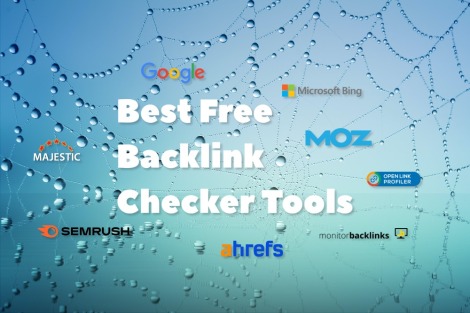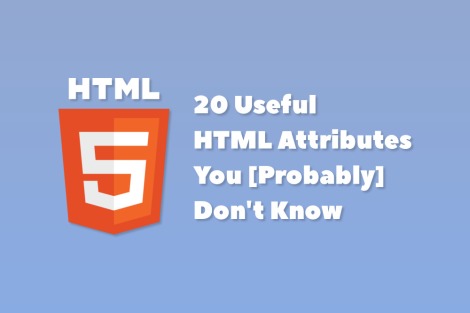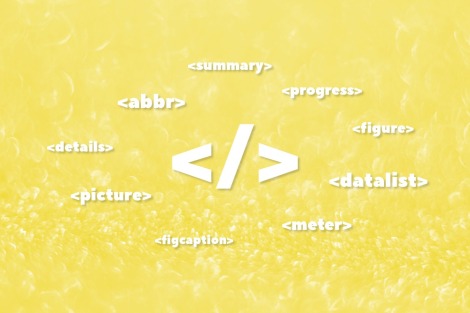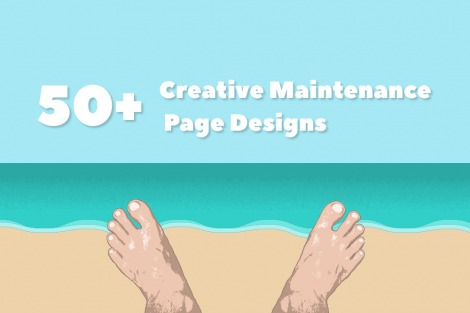SEO is not just about optimizing your web pages for Google search. You should also optimize your pictures because having them at the top of the Google Image Search results can bring more visitors to your website.
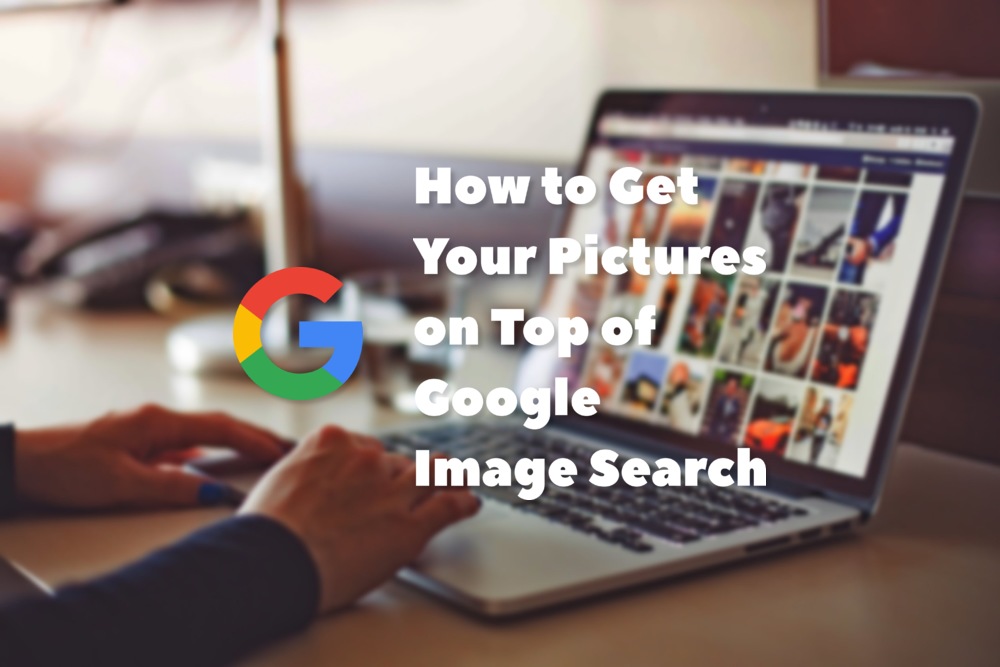
For example, if you have a website about dogs, your dog pictures can attract more visitors who are searching for dogs or puppies. You can also promote your products through the images.
However, you need to understand that Google bots do not see images as humans do. They cannot interpret the content of the image. They can't look at the picture and tell there's a little puppy with a bone. Only people can do that. (Well, there are computer vision AI systems, but they are not used by Google Image Search). Therefore, you need to optimize your pictures using specific techniques to help Google understand the image content.
Here are some tips on how to get your pictures on top of Google Image Search:
Use Descriptive Filenames
Name your picture file with a descriptive name that matches the image content. Do not use generic terms like "image" or "picture".
For example, if your picture is an image of a dog, name the file "dog.jpg"
<img src="dog.jpg">
Also, Google uses the URL path as well as the filename to understand the image context. So you can consider creating a more complex URL structure:
<img src="/store/dog/food/dry/pedigree-beef-lamb-flavor.jpg">
Use alt Attributes
Using image alt attributes is essential for optimizing images for search engines and improving website accessibility for visually impaired users. The alt attribute should describe the image using relevant keywords. It is important to avoid keyword stuffing or using generic terms like "image", "picture", or "photo" in the alt text.
To properly use image alt, consider the following best practices:
- Use descriptive and accurate text to describe the image.
- Use relevant keywords when appropriate, but avoid keyword stuffing.
- Keep the alt text concise.
- Include the main topic or subject of the image in the alt text.
Here are some examples of the properly formatted image alt attributes:
<img src="/media/jetpack-logo.svg" alt="Jetpack Logo">
<img src="labrador.jpg" alt="Yellow Labrador Retriever running in the park">
Use High-Quality Images
Google Image Search favors high-quality images, so make sure that the photos you upload are of the best possible quality. High-resolution images tend to rank higher in search results.
Also, high-quality images are more likely to be shared and linked to.
It's important to use images that are relevant to the web page content, properly optimized for web use, and have a high resolution. Additionally, they should be visually appealing and engaging to the user.
Use the Appropriate Image Format
Google Images supports images in the BMP, GIF, JPEG, PNG, WebP, and SVG formats, but it's important to choose the best one for you in terms of size/quality ratio.
There are several factors to consider when choosing the appropriate image format for publishing on the web.
- PNG is a lossless format that preserves image quality, making it a good choice for images with text, graphics, or sharp lines. However, PNG files can be large, making them slower to load.
- JPG is a lossy format, making images smaller and quicker to load. It's best used for photographs and images with subtle color variations. However, compression can cause a loss in image quality, so it's important to find a balance between file size and image quality.
- SVG a resolution-independent vector format, making it ideal for graphics, logos, and icons. It's also lightweight and scalable, allowing it to be used across multiple devices and screen sizes without losing quality.
- Finally, WebP is a newer format that offers the best of both worlds: smaller file sizes with high-quality images. It uses both lossless and lossy compression, making it an ideal choice for web images. However, not all browsers support the WebP format, so it's important to check compatibility before using it.
Use Keyword-Rich Content
Include relevant keywords around your images that match the content of the picture. The context around the image is just as important as the image itself.
For example:
<p>My dog is the best dog in the world:</p>
<img src="dog.jpg" alt="My dog">
<p>Do you like my dog?</p>
Place Images at the Top of the Page
Place your pictures at the beginning of your web page, closer to the title. Google considers images placed near the top of the page to be more important.
Avoid Using JavaScript for Images
Do not use JavaScript for opening, showing, or serving up bigger versions of your pictures.
Using JavaScript to display images on a website can be bad for SEO because search engine bots may have difficulty crawling and indexing them. It's generally recommended to use standard HTML markup to display images and avoid relying heavily on JavaScript.
Include Images in Sitemaps
Google uses sitemaps to crawl and index web resources, including images. So, including your images in your sitemap can help improve their visibility in Google Image Search. You can use tools like Yoast SEO to generate a sitemap for your website.
Use Image Schema Markup
Image schema markup is a code that you can add to your web pages to provide Google with additional information about your images. It helps Google understand what your image is about and what it represents.
Adding schema markup allows Google Image Search to show your images as rich results, which can drive more traffic to your site.
Use Social Media to Promote Your Images
Social media can be a powerful tool to promote images and drive traffic to your website. The first step is to create visually appealing images that are relevant to your audience and shareable. Once you have the images ready, you can post them on popular social media platforms like Pinterest, Facebook, or Twitter. You can share the images on these platforms along with a brief description and a link to the corresponding page on your website.
Conclusion
Optimizing your images for Google Image Search requires a combination of technical SEO, high-quality images, and strategic promotion. By following these tips, you can help improve the visibility of your images on Google and increase their chances of ranking on the top of Google Image Search.
